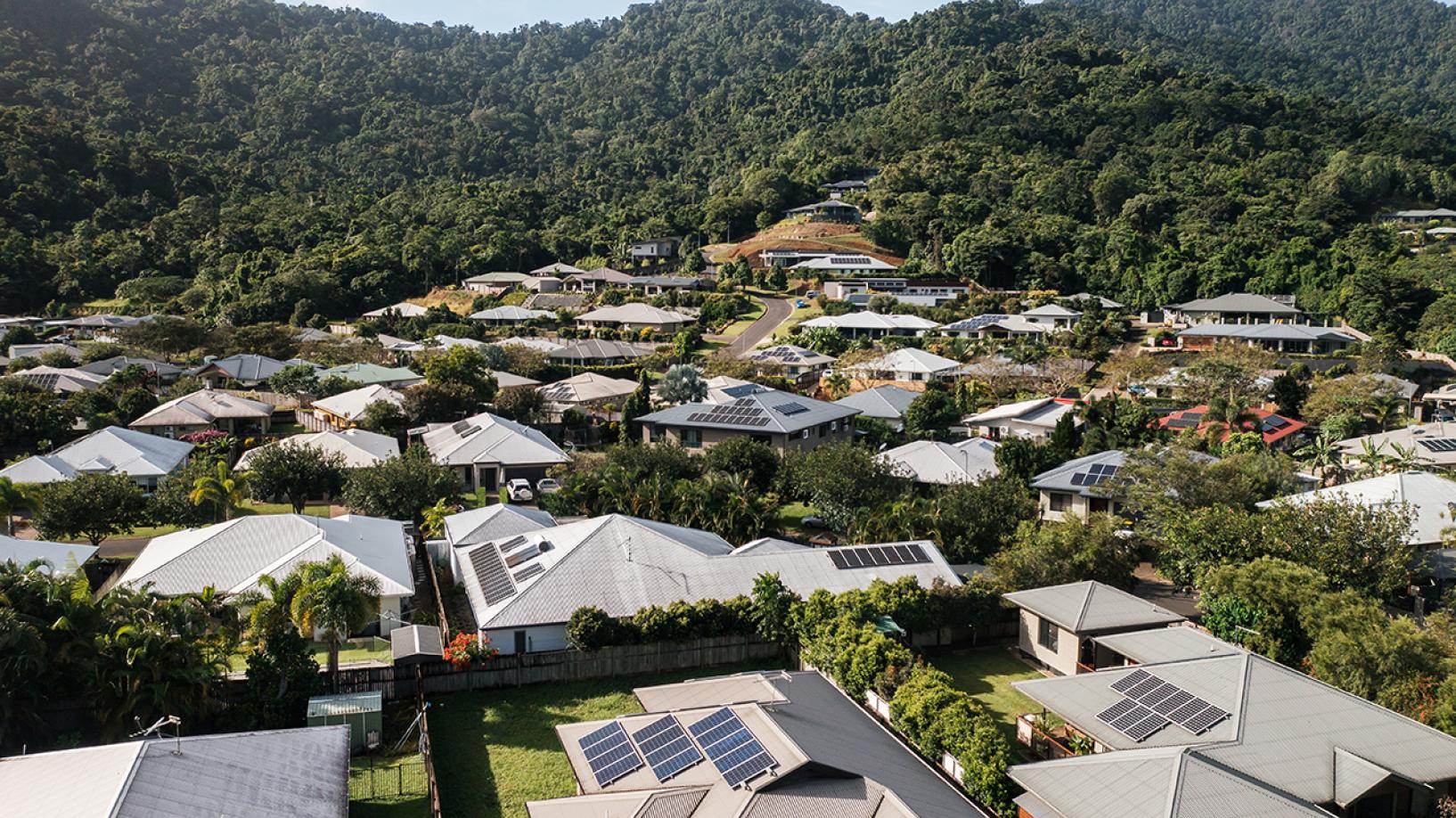The Post 2025 process is intended to develop reforms to guarantee that the future of the electricity system, the market and other supporting structures are fit-for-purpose. We believe that this design must serve the long-term interests of Australian households and small businesses within this new system and appreciate the opportunity to provide a response to the Energy Security Board’s (ESB) two-part Options Paper (Part A and Part B) released in April 2021.
This is our third major submission to the ESB on the Post 2025 Market Design work program, following our September 2019 response to the Issues Paper (PDF, 502.48KB) and our October 2020 response to the Consultation Paper (PDF, 1.32MB).
Read our submission (PDF, 1.29MB)
Energy Consumers Australia commissioned Finncorn Consulting to provide us with independent advice to inform our position on the proposed reforms.
Read their report (PDF, 831.69KB)
We support the work of the ESB in developing a package of essential reforms to ensure that the market design of the National Electricity Market (NEM) is fit for purpose to navigate the transition to a net zero emissions future. In our research, consumers tell us that they expect that this future energy system will be affordable, secure and reliable but also fair.
The ESB’s proposed reforms cannot be considered in isolation of other reforms already well advanced or implemented, or other processes that are already tasked with considering related issues. We make some specific observations about this in our response:
- We are not persuaded that the operating reserves and the two proposed modifications to the retailer reliability obligation (RRO) will be needed in addition to several and more recent reforms such as five-minute settlement, the RRO, 42-month notice of closure and the wholesale demand response mechanism once they have been bedded down.
- We are broadly supportive of the “direction of travel” in the case of the demand flexibility and DER reforms, but we still lack clarity about how all the pieces of the puzzle fit together in achieving what outcomes consumers would be looking for. For this reason, we are recommending that we need an energy transition plan which sets out a consumer vision of the future, together with a practical roadmap with sequencing of the reform measures that need to be considered and agreed.
We need to identify the package of reforms (including through research) that extend beyond the regulatory and energy policy frameworks, that are required to achieve a fairer energy system transition. Affordability needs to be a key constraint on the timing and costs of investment decisions, and the package of reform measures and reform proposals should not pass those risks and costs onto consumers through their electricity bills. As well as this we strongly favour control solutions that ensure customer utility is maximised when ensuring the stable and secure operation of the system.
The energy system of the future provides opportunities for reward for consumers that are able to access smart technologies, but that is also associated with increased risk. Consumers will need appropriate information, tools and skills to assess and mitigate these risks.
We have been working very closely with the ESB on the Post 2025 Market Design project since March 2019. This experience has provided us with insights into the challenges of this project but also the crucial need to address technical design challenges in the context of the values, expectations and needs of society at large, including energy consumers.
Consultation has now closed and the ESB will provide advice to the Energy National Cabinet Reform Committee mid 2021.

